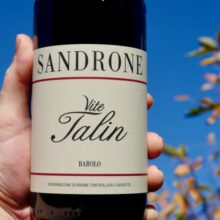
Product information
Luciano Sandrone Barolo ‘Vite Talin’ 2016
$930
Description
Such a special wine. Unforuntately, there was not an opportunity to try the 2016. It’s a Barolo vintage I am fond of. Reviews are below.
My notes of the 2013: Intoxicating nose. Such a complete perfume, the incredible core of fruit is wrapped in truffles, earth & forest floor. The richness, depth, and, length a matched by a refreshing line of acidity. The 2013 Vite Talin looks younger at 6 years old than the 2015 Barolo Le Vigne and Aleste. There’s just a lick of oak tannin jumping into the mix. Wish I’d had a proper glass to watch it evolve over a couple of days. This is a very special wine that conjures memories of the Barolo of one B.Mascarello.
“Vite” is the Italian word for vine and it has given in honour of the singular and unique plant. “Talin” to celebrate the elderly owner of the vineyard, the same Talin who believed in the ability, patience, and humble winemaking skills of the young Luciano.
The 2016 Barolo Vite Talin is a stunning wine, just as it always has been. Over the least few years, the 2016 has gained a measure of classicism it did not show as a young wine. The purity of the flavors, the wine’s balance, its pedigree, well, they are all off the charts. The Vite Talin emerges from two parcels with heavily virused vines that naturally produce a minuscule crop. It spent two years in 500-liter tonneaux and a year in cask.
Antonio Galloni, Vinous 98 Points ML 98
Only 1 left in stock
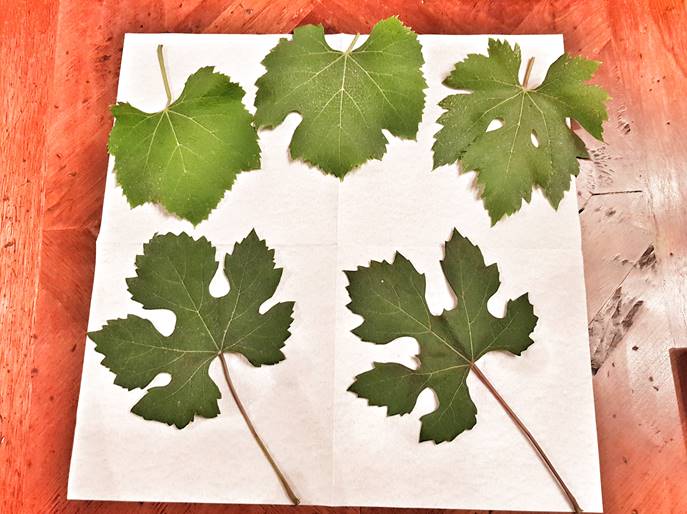














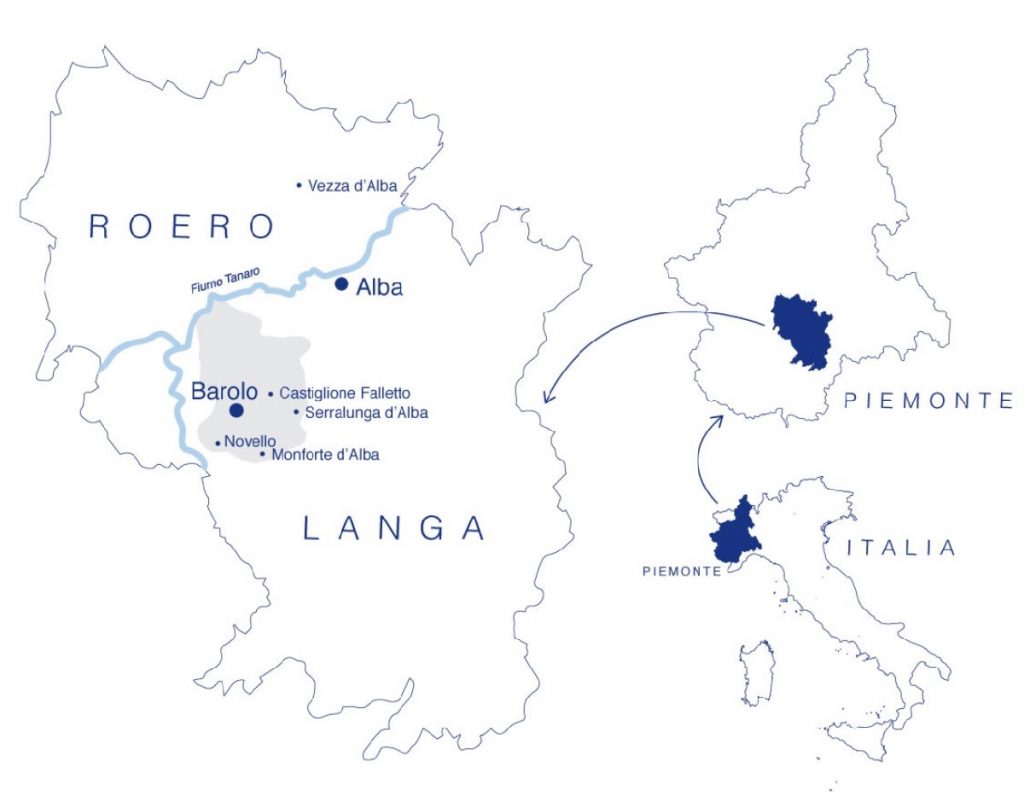
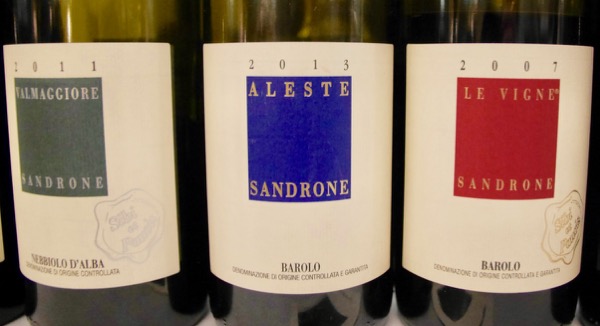



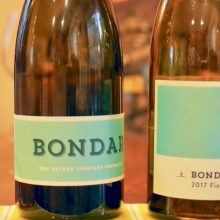
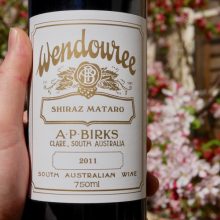
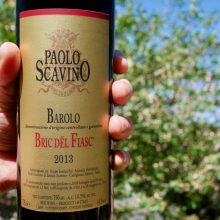
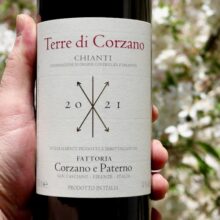
You must be logged in to post a comment.